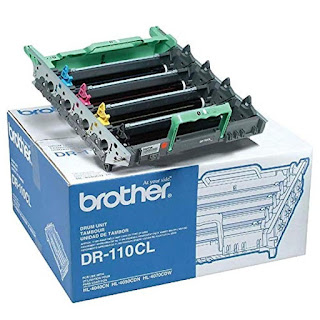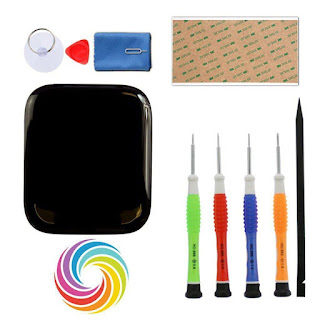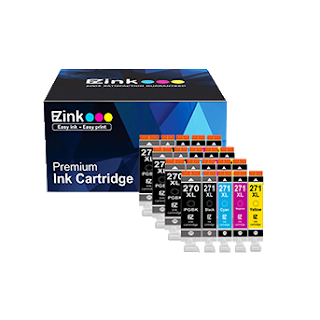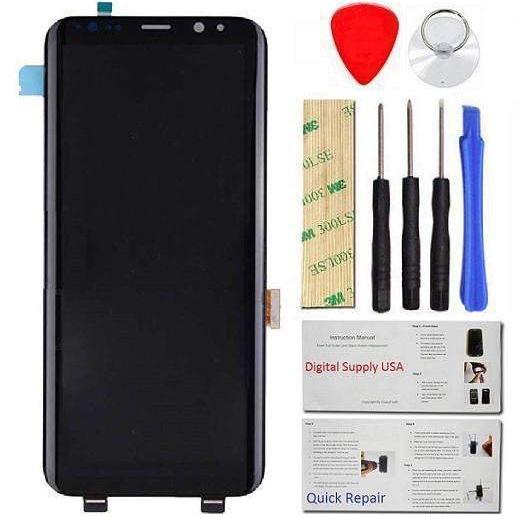Ink Cartridge: The History, Ingredients, and Composition
A Printer Ink is the primary source of the printer’s functioning. Without an Ink, the printer is like a car equipped with advanced features and facilities, but they can’t be used as there is no fuel.
Ink cartridges contain Ink in liquid form for printing via a printer on a solid surface like paper, Fabric, etc.
Here are some interesting revelations about the history of Inks that will grab your attention!
Looking for Ink cartridge Replacement? Find yours here!
The first inks of this world were made of every material; you name it. Fruit juices, Vegetable juices, Tannin from nuts and tree bark, Secretions from squid, cuttlefish, octopi, other cephalopods, shellfish blood, etc., were used to make ink. These are just examples; there are more that existed as an ingredient in making ink.
Apparently, artificial ink first came into existence about 4500 years ago in Egypt. The ingredients were: carbon suspensions in water and egg albumen & natural gums as stabilizers. After 2500 BC, the Egyptians and Chinese people used soot, bound to different gums, and stored the paste in the rods stored and dried. While using, they diluted the paste by adding water.
The initial inks for printing were invented by the Chinese in 500 BCE. Various pigments were blended to make the ink, such as colored earth, soot, plant matter, gums, and glue, to act as a binder.
Fast forward to the present, today’s printer inks are made of carbon black, a similar pigment to soot. Some supplements like drying agents & chelating, a binder, and solvents are added to the making of this ink. Also, the above process is the standard one; it is slightly different as per the manufacturers, printing surface, and the printing method.
Another essential part of the ingredients are pigments, pigments that provide color to the ink. The other functions include chemical resistance to heat, gloss, solvents, and light. The primary pigment is blended with opacifiers and extenders. Extenders make the base pigments appear less dark and intense, while the opacifiers are white in color and provide opacity. They are further evened out to avoid lumps.
Further, dispersants are also added to make the flow of ink from the cartridge to the surface easy. The particles of this matter balance out the added pigments by lessening the mechanical energy essential for grinding.
Some resins are added to the ink for binding to create a distinct film and hold them together when the ink comes out on a printing surface. These metals add in to strengthen the stiffening of all the matters added for creating the ink.
Other ingredients that are important for various operations including:
- Regulation of bubbles and foam efficiency: Defoamers.
- pH Modifiers: Amine derivatives.
- Control of surface properties: Wetting Agents.
- Curb the aging process of the ink: Humectants.
- Control the growth of bacteria and fungi: Biocides and bacteriostats.
Hence, now whenever you search for an Ink Cartridge Replacement, you’re extra aware of what you are ordering than you ever were!
- The basic color composition of Ink are:
- Black: It is a mixture of Varnish and Carbon Black.
- Cyan: Made of a mix of blue and green in equal proportion.
- Magenta: Created through the mixture of Red and Blue.
- Yellow: The combination of Red and Green.
At Digital Supply USA, there are various Ink Cartridge Replacements, Toner and Ink Cartridge Replacements, Brother Drum Unit Replacements, and all other ink cartridge replacements for hp, Epson, etc. Find the ones suitable for your requirement. There are also various screen replacement kits for iPhone models, Samsung Galaxy Models, iWatches, iPads, etc. Check them out and get the ones you need!




Comments
Post a Comment